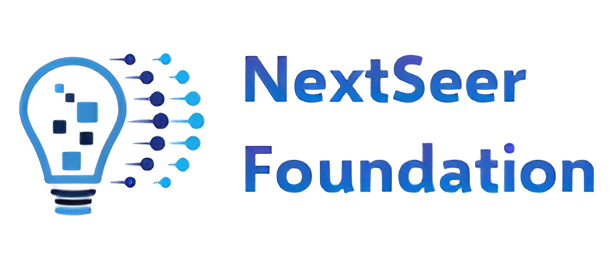GoogleNet’s Image Classification Performance Analysis: Effects of Dataset Size, Balancing, and Splits Ratios
Keywords:
Deep Learning Models, machine learning, Data ScienceAbstract
In computer vision, image categorizing plays a condemnatory role in many real-world applications. GoogleNet is a intimate deep learning model especially expand for image clas- sification and object recognition tasks. It effectually categorizes images based on learned patterns.This study evaluates the per- formance of the GoogleNet architecture in image classification, focusing on three key aspects: the impact of dataset size, dataset balancing, and different train-test split ratios. We examined the model’s accuracy on the CIFAR-10 dataset by varying dataset sizes at 25%, 50%, 75%, and 100%, considering both balanced and unbalanced data. The findings indicate that dataset size and balance notably affect classification accuracy, with balanced datasets generally outperforming unbalanced ones. Additionally, when experimenting with different train-test split ratios 50%- 50%, 60%-40%, 70%-30%, 80%-20%, and 90%-10% the model achieved the best results when trained on 70% of the data and tested on the remaining 30%.




